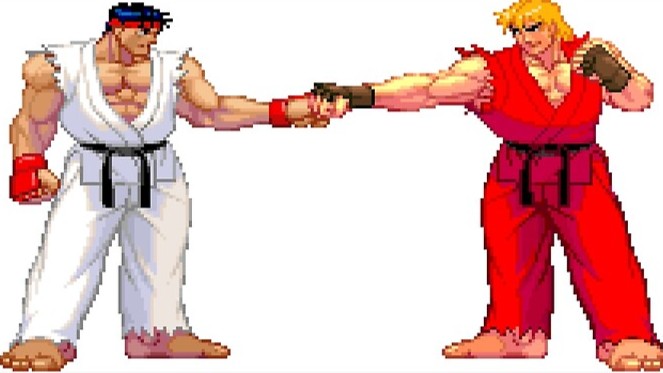
The FPGA gaming community has become a popular method for enjoying classic retro systems. Within this highly specialized scene, developers consistently push the limits of what’s possible, often devising clever workarounds to overcome significant technical challenges and bring these projects to life.
Engineering: A Study in Ingenuity and Workarounds
Engineering is not always about groundbreaking inventions or perfect, seamless designs. Often, it’s about finding clever workarounds and demonstrating remarkable ingenuity when faced with technical limitations. This is especially true in the world of reverse-engineering and hardware emulation/simulation, where developers must navigate the constraints of legacy systems and modern hardware.
Overcoming Hardware Hurdles
A prime example of this is the process of emulating classic arcade hardware. Jotego and team are encountering a series of challenges that require creative solutions. The project’s journey with Golfing Greats perfectly illustrates this. The game’s pseudo 3D chip, unlike the one in Run and Gun, requires a significant amount of SDRAM bandwidth. The tile map, which is a visual representation of the game’s background, is too large to fit in the FPGA’s memory and must be stored in the slower SDRAM. This bottleneck slows down the rendering process, causing only half of the screen to be drawn.
To overcome this, Jotego and team devised an ingenious compression mechanism. They compress the large 1.2 MB tile map down to a mere 128 kB on the fly. This smaller size allows the tile map to be moved into the faster FPGA memory, completely bypassing the SDRAM speed issue. This solution is a testament to the kind of problem-solving that defines good engineering, not just building something from scratch, but adapting and re-architecting to fit within existing constraints.
The Importance of the Frame Buffer
Another key challenge for Jotego and team is the frame buffer, a dedicated portion of memory that holds the complete image to be displayed on the screen. It is a critical component for rendering, and its proper implementation is a stepping stone for several projects, including Run and Gun and CPS3.
The frame buffer problem highlights the iterative nature of engineering. Jotego and team initially encountered an issue with sprites not displaying correctly in Out Run on some Analogue Pocket devices. While this was initially a low-priority issue affecting only one core, it became a crucial, high-priority problem when it was identified as a dependency for other major projects. This forced the team to circle back and revisit the issue, demonstrating how dependencies can redefine the priorities of a project. The process of debugging and working with the community to test fixes further illustrates how collaborative problem-solving is an essential part of the engineering process.
In conclusion, the work on these FPGA cores reveals that successful engineering is a mix of technical knowledge, creative problem-solving, and persistent iteration. It’s about finding clever ways to make things work, even when the underlying hardware or software presents significant obstacles.
You can support Jotego and his team via Patreon for the FPGA Gaming work the they do for the community
